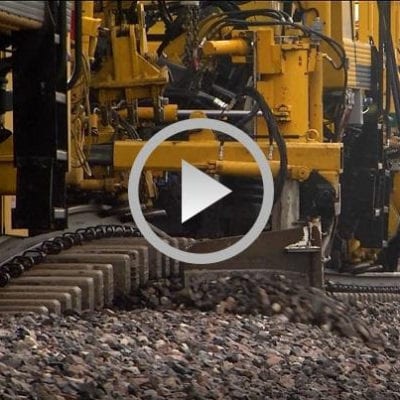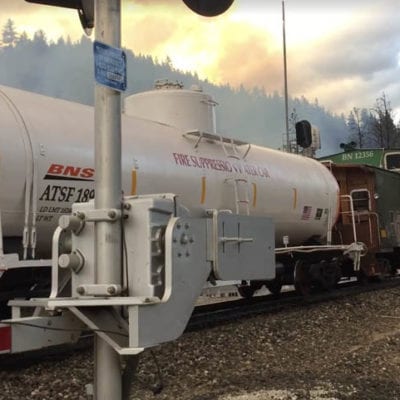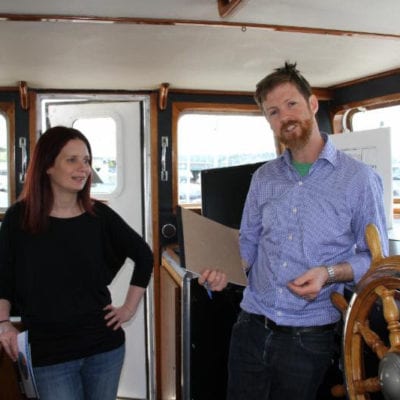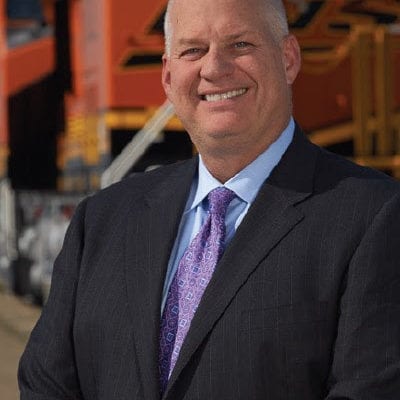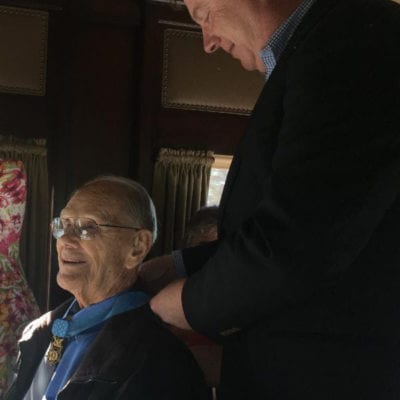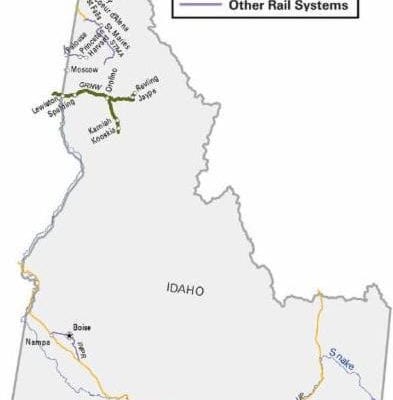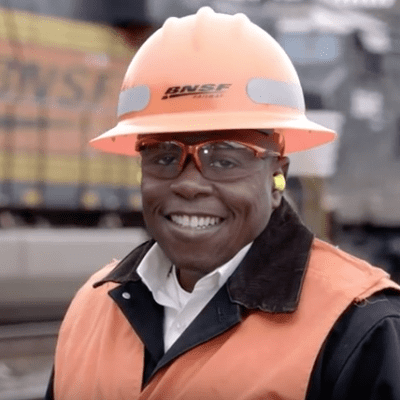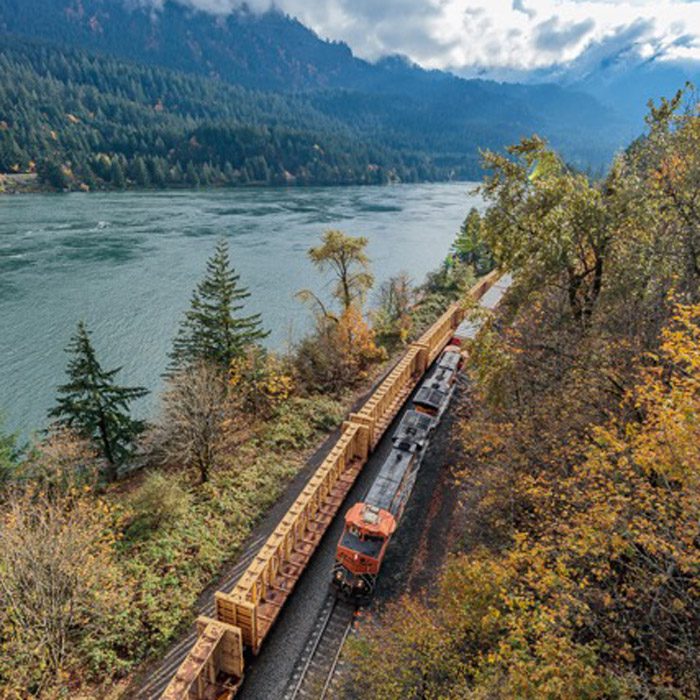Inspecting Our Network and Equipment
BNSF regularly and rigorously inspects our network and equipment to ensure we continue to run a safe, reliable railroad. Our efforts include routine visual inspections by more than 650 trained and experienced track inspectors who patrol miles of track. BNSF also uses special rail cars equipped with ultrasonic detection and other technologies to look for…
Read More
